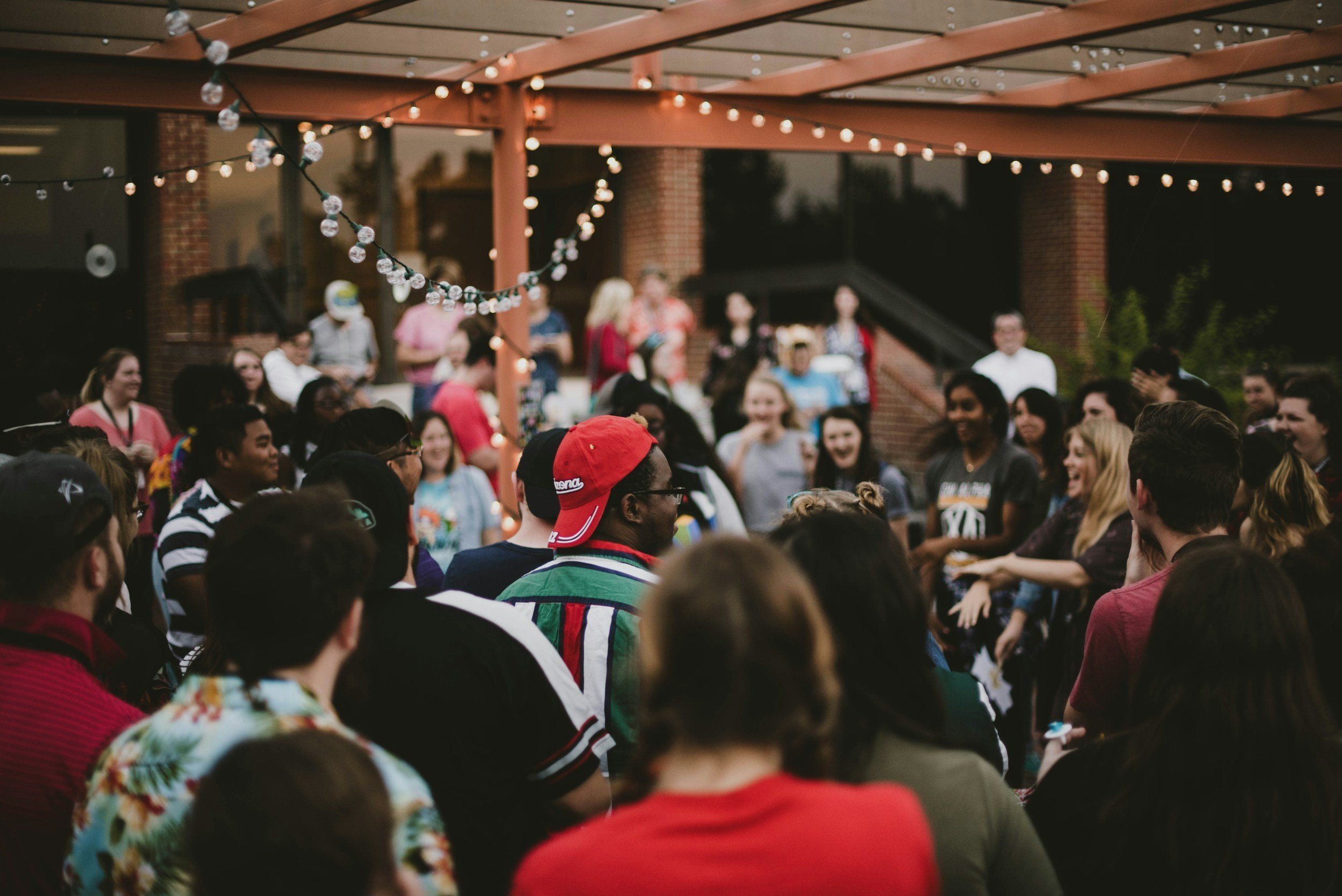
Equity in Events Toolkit
Applying Equity in the Design, Planning, and Organizing of Events
Introduction
Equity in Events Toolkit
The Equity in Events Toolkit will equip organizers with tools and guidance to plan events intentionally with resources for Diversity, Equity, Inclusion, and Access (DEIA) ensuring that Tacoma’s cultural richness and diversity are celebrated, and events are accessible to all residents. These resources also prepare event organizers to apply for Special Event Funding overseen by the City’s Events and Recognitions Committee (CERC) and understand the measurement metrics used to determine funding and to encourage increased equity at events. Through these tools, we strive to build a stronger, more inclusive community where every individual feels represented valued, and welcomed at special events.
This toolkit represents a critical resource in The City of Tacoma's and the Tacoma Venues & Events (TVE) efforts to foster DEIA in community events. Elements of DEIA are important factors to include when designing, planning, and organizing events. The Equity Toolkit will equip organizers with tools and guidance to plan events intentionally ensuring that our city's cultural richness and diversity are celebrated and accessible to all residents.
This toolkit will also talk about Universal Design. This is an approach to making facilities, communication materials, events, and activities accessible to and usable by everyone. Universal design means that rather than designing for the average user, you design for people with a board range of characteristics such as native language, gender, racial and ethnic background, age, and disability.
Racial equity tools are designed to integrate explicit consideration of racial equity in decisions, including policies, practices, programs, and budgets. Use of a racial equity toolkit can help to develop strategies and actions that reduce racial inequities and improve outcomes for all groups.
Resource: The Government Alliance on Race & Equity
Office of Equity & Human Rights
(City of Tacoma)
The Office of Equity and Human Rights (OEHR) aims to embed equity in our services, decision-making, and community engagement. We focus on addressing the root causes of racial inequity to provide equitable opportunities for all. Our goal is to transform organizational practices and collaborate with the community to make Tacoma welcoming, inclusive, and accessible, ensuring that all individuals have the chance to meet their needs and reach their full potential, regardless of race, gender, age, or sexual orientation.
Intersecting the pillars of Diversity, Equity, Accessibility, Inclusion, and Belonging (DEAI-B) and Universal Design principles are pivotal in creating inclusive environments that accommodate a broad spectrum of abilities and needs. These pillars and principles facilitate spaces where individuals with diverse capabilities—whether in seeing, hearing, speaking, mobility, literacy, language comprehension, cognitive processing, organization, attention, engagement, or memory—are seamlessly supported. Universal Design inherently embraces flexibility, ensuring that structures, products, and services are usable by people of varying abilities without the need for adaptation or specialized design. By integrating these principles, environments become more accessible, equitable, and conducive to the full participation and empowerment of all individuals, regardless of their unique characteristics or challenges.
tACOMA vENUES & eVENTS
(City of Tacoma)
The City of Tacoma enhances quality of life for the community and drives economic vitality through its premier venues and diverse entertainment opportunities. Tacoma Venues & Events oversees these renowned venues, which include the Tacoma Dome, one of the world’s largest wood-domed structures with flexible seating configurations ranging from 5,000-21,000; the Greater Tacoma Convention Center, artful and modern with its trademark glass walls and 119,000 square feet of event space; Cheney Stadium, home of the Tacoma Rainiers; and the historic Pantages and Rialto Theaters and Theater on the Square. The department permits and produces special events, including the annual Dr. Martin Luther King, Jr. Day Celebration and the City of Destiny Awards, and funds special events with oversight by the City's Events and Recognitions Committee.
Mission
Better Together: enriching lives in welcoming spaces
Values
Safety First | Legendary Experiences | One Crew Built on Trust | Create and Innovate | Inclusion Matters
SPECIAL EVENT FUNDING:
TVE strongly supports inclusion, equity, and access. We celebrate Tacoma’s diversity of people, places, cultures, and expression. Diversity and heritage are points of pride, permeating Tacoma’s rich events scene and giving character to its neighborhoods. Events are uniquely positioned to touch every person and every part of Tacoma, and we are committed to supporting the entirety of our community.
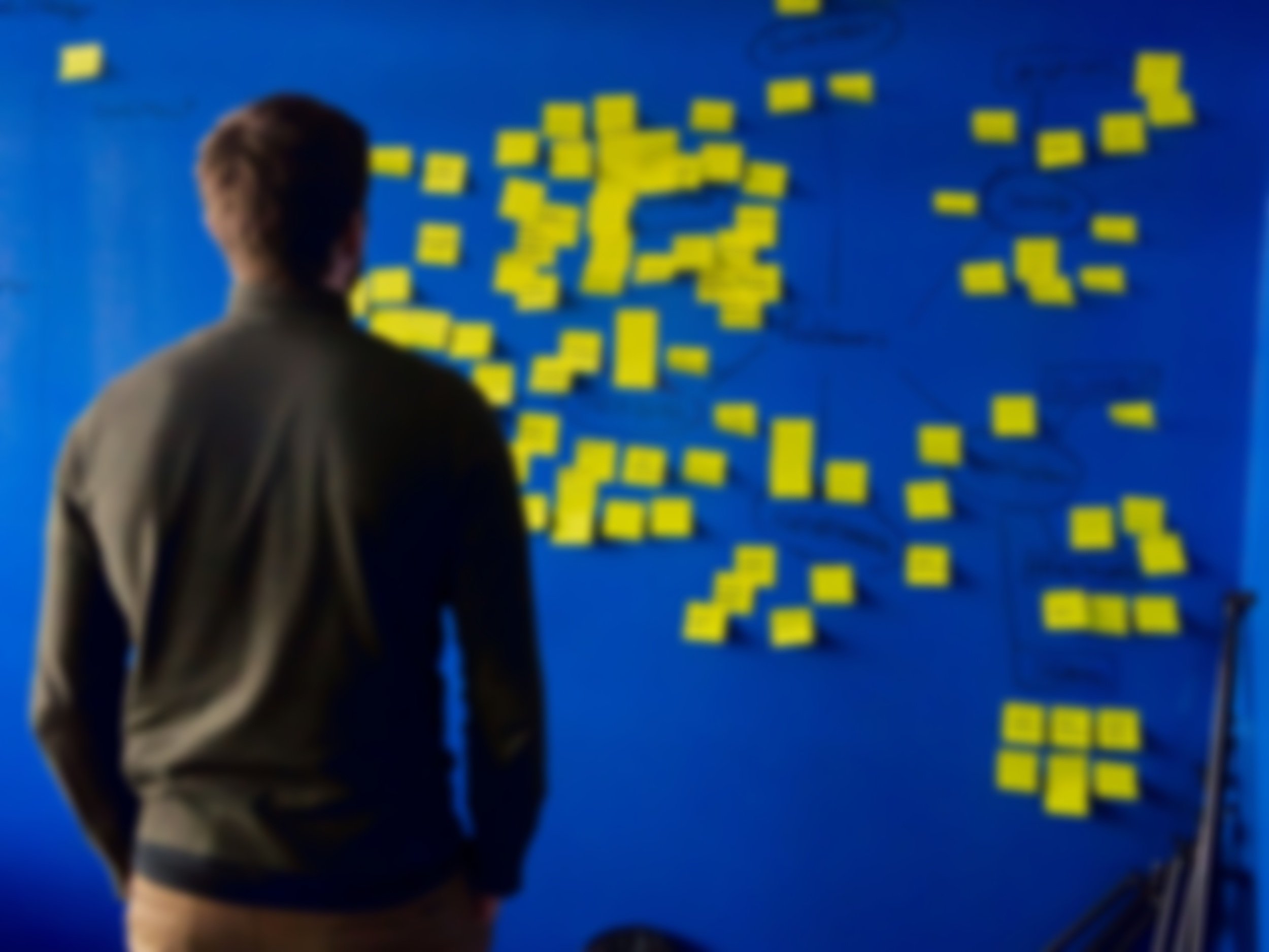
Develop a Mindset
Best Practices When Designing, Planning, and Organizing Events
-
Apply the below DEIA pillars as theme filters while you gather data and resources to support the event. These pillars include:
Diversity: Acknowledgement and recognition of differences in identity and identity-based needs.
Equity: Fairness for all; bridging service gaps; providing equitable outcomes.
Inclusion: promoting belonging for everyone; all are welcome, supported, invited, and respected.
Access: Universal and inclusive design in infrastructure; transparency; equitable communication for everyone; dismantling the able-bodied framework.
-
Your well-being is considered and your ability to design and give meaning to society’s structures and institutions is realized. More than tolerating and respecting differences, belonging requires that all people are welcome with membership and agency in the society (1). Belonging is vital to have a thriving and engaged populace, which informs distributive and restorative decision-making (2).
(1) “Diversity, Equity, and Inclusion – Glossary of Equity-Related Terms.” Washington State Office of Financial Management, Accessed August 13th, 2024.
https://ofm.wa.gov/sites/default/files/public/shr/Diversity/SubCommit/DEI-Glossary.pdf
(2) “An Evolutionary Roadmap for Belonging and Co-Liberation.” Othering and Belonging (blog), Accessed August 13, 2024.
-
When designing, planning, and organizing an event bring an equity lens to the front of your mindset, and use it to:
Ask questions of your leadership and stakeholders. “Nothing about us, without us.” This is used to communicate the idea that no policy should be decided by any representative without the full and direct participation of members of the group affected by that policy.
Ask for feedback about equity concerns for the event to your potential attendees, staff, volunteers, and participants.
Identify a group or individual who can help navigate the formation of the event with an intentional equity lens.
-
Use the Equity in Events Toolkit, and Checklist throughout process and be prepared to include any equity feedback from other events. Begin by asking the following questions:
Who is the key audience member of the event and what historically or routinely underrepresented populations will be present?
How will the event directly impact their well-being?
What gaps do those key audience members currently face?
How will the event provide service to those underrepresented populations?
What gaps or barriers does the event intend to address or close during its planning efforts?
How will the event impact non-targeted populations and what measures will be used to mitigate those impacts?
-
Adopt the following Universal Design principles established by the Center for Universal Design to guide your designing, planning, and organizing:
Equitable use. The design is useful and marketable to people with diverse abilities. For example, an event footprint designed so that it is accessible to everyone, including people who are blind or with limited vision.
Flexibility in use. The design accommodates a wide range of individual preferences and abilities. For example, an event that allows an audience member to choose to read or listen to a description of the contents.
Simple and intuitive. Use of the design is easy to understand, regardless of the individual’s experience, knowledge, language, skills, or current concentration level. For example, equipment with control buttons with universal symbols or language.
Perceptible information. The design communicates necessary information effectively to the individual, regardless of ambient conditions or the individual’s sensory abilities. For example, ensuring interpreter or translation services are available in addition to video captioning.
Tolerance for error. The design minimizes hazards and the adverse consequences of accidental or unintended actions. For example, emergency management services are readily available in one easy-to-access or multiple locations.
Low physical effort. The design can be used efficiently and comfortably, and with a minimum of fatigue. For example, doors that automatically open or accessible ramps.
Size and space for approach and use. The design provides size and space for approach, reach, manipulation, and use, regardless of the individual’s body size, posture, or mobility. For example, accessible seating.
Burgstahler, S. (2021). Universal Design: Process, Principles, and Applications. Accessed July 2024.
https://www.washington.edu/doit/sites/default/files/atoms/files/Universal_Design_04_12_21.pdf
-
Refer to the City of Tacoma and TVE equity-specific resources:
City of Tacoma Resolution 40622 – A resolution affirming the City of Tacoma’s commitment to Anti-Racist Systems Transformation (ARST).
City of Tacoma Resolution 41278 – A resolution directing the City Manager to create an Equity Toolkit for special events for community use as a public education tool (Council Member Diaz).
Transforming Tacoma - The City of Tacoma’s efforts to prioritizing anti-racism in the evaluation of new policies and programs as well as the sustained and comprehensive transformation of existing services, through implementation of Racial Equity Action Plans.
Equity & Anti-Racism in Tacoma Venues by the TVE
Intersecting the pillars of Diversity, Equity, Accessibility, and Inclusion (DEAI) and Universal Design principles are pivotal in creating inclusive environments that accommodate a broad spectrum of abilities and needs. These pillars and principles facilitate spaces where individuals with diverse capabilities—whether in seeing, hearing, speaking, mobility, literacy, language comprehension, cognitive processing, organization, attention, engagement, or memory—are seamlessly supported. Universal Design inherently embraces flexibility, ensuring that structures, products, and services are usable by people of varying abilities without the need for adaptation or specialized design. By integrating these principles, environments become more accessible, equitable, and conducive to the full participation and empowerment of all individuals, regardless of their unique characteristics or challenges.
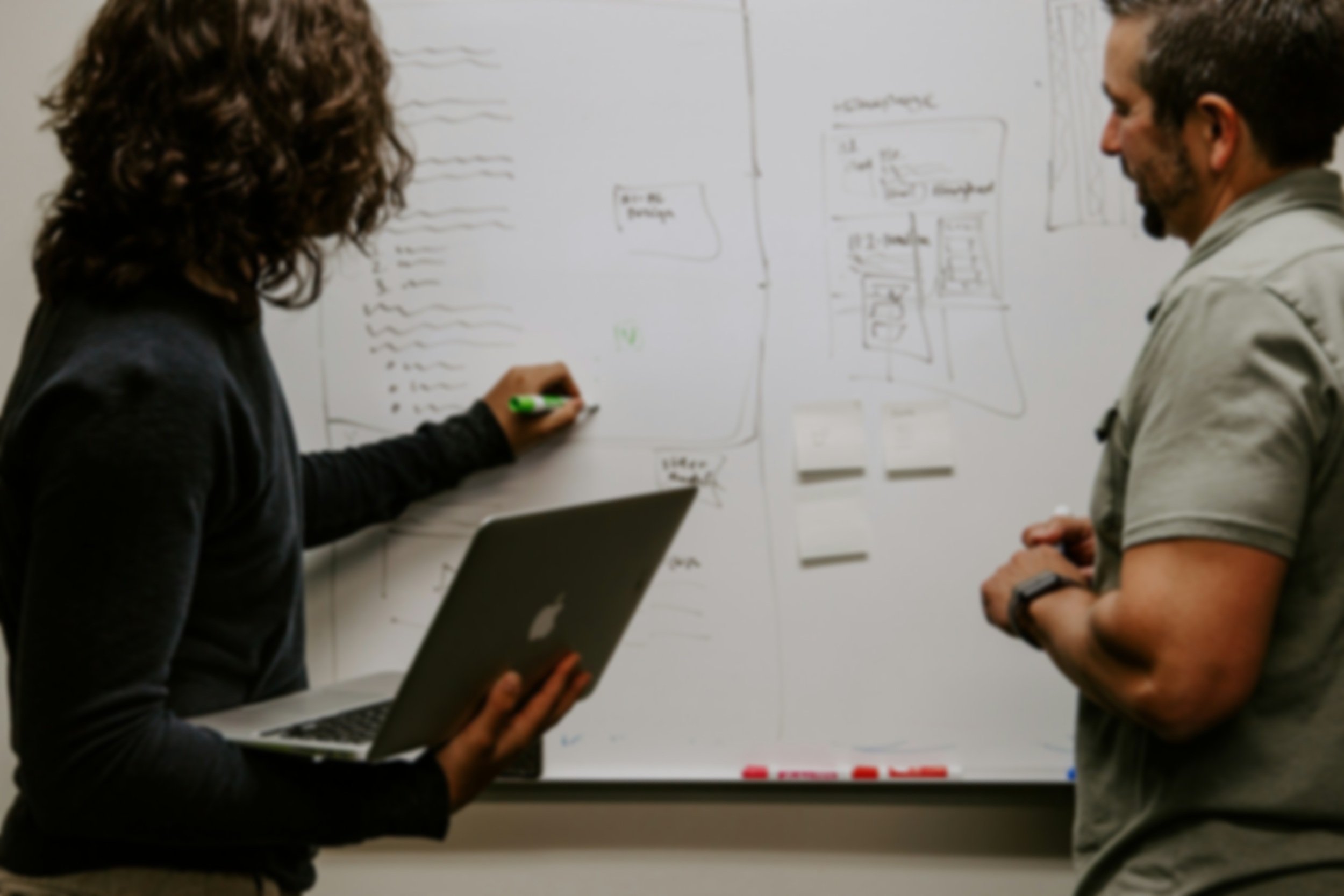
Step 1: Set Event Goals and Objectives
Set goals for the organization and event. Tracking specific populations by unique factors related to culture, race, disability, sexual orientation, geographic region, socioeconomic status, and/or other indicators is a key step in accounting for equity in the design of the event.
-
Does the organization or planning committee represent the community for which it is planning an event?
What goals is the event trying to accomplish?
How will those goals impact or serve marginalized and/or underrepresented populations?
Who are the identified populations?
What target populations benefit from the event?
What target populations may experience a burden from the event?
What is your data and research telling you to consider or implement?
What is the budget for the event? Will it require registration or entry admission fees? Are there populations that would be impacted by that?
What other departments or work groups impact your event?
-
Establish a Diversity, Equity, Inclusion, and Access (DEIA) Committee and set goals and intentional initiatives. This group should include diverse representation, from your volunteers, board members, and staff.
Collaborate with other members of the organization on how to incorporate equity into the whole of the event, including budgeting, safety, operations, and others.
Develop a formal statement that highlights the importance of DEIA. Communicate it widely within your organization and to external audiences.
Review demographic, economic data, and geographic data on impacted populations/areas (resource links below).
Identify the intended outcomes of the event.
Numbers tell powerful stories! Use data to illustrate the unique impacts of your outcome.
Screen the outcomes for equity impact - where do they directly impact targeted populations that have been marginalized?
Bring equity to the forefront. Use it to ask questions!
Work with your organization to talk about financial goals and requirements. Bring in other departments or teams for similar conversations. Make sure you come to the conversations with an equity lens in mind and find creative solutions.
-

Step 2: Pre-Event Planning
Pre-planning with DEIA (Diversity, Equity, Inclusion, and Accessibility) principles ensures that all aspects of a project or initiative are designed with diverse perspectives in mind from the start. By incorporating DEIA early in the planning stages, organizations can identify potential barriers, address inequities, and foster an environment where everyone’s needs are considered.
-
Does your event consider dates, days of the week, or times that will impact your target audience's availability?
Do the food and beverage options make your audience feel welcomed and safe at the event?
Does the venue incorporate Universal Design elements? If not, will the venue cater to accessibility needs identified by your target audience?
Does the location of the event provide accessible transportation? Does the location of the event create barriers to already accessible transportation?
Has your organization provided training to your staff/volunteers before the event surrounding DIEA?
Do other participants understand your DEIA goals and objectives?
-
Use the data from your goals and objectives to understand patterns of your audience.
Avoid religious and cultural days of observance when selecting the event date.
Create a list of accessible food options.
Include questions about language, dietary, and accessibility needs in the registration form. Also, include options to enter gender pronouns.
Allow opportunities for audience members to make unique requests.
Use previous data to understand what populations will be represented at your event. If your populations are narrow, ensure there is a wide variety of food available that is appropriate.
Review public transportation routes to and from your event. Work with those agencies to understand their impacts on your event on both who will be attending and not attending.
Consider Universal Design practices in venue selections, transportation, and design to find ways to be accommodating for all.
Work with venues (or build festival sites) that cater to the accessibility needs of your target audience. Consider elevator access, ADA restrooms, accessible entrances (without stairs), ramps, wheelchair access, clear and legible signs, close parking, transit stops, adequate lighting, aisleway widths leading to accessible seating 36" minimum, and all gendered restrooms.
Review transportation options to and from the event and its impact to all attendees. Consider transportation impacts to non-attendees as well.
Ensure sidewalks are kept clear (no protruding cables, plants, or objects).
Consider offering a sensory-friendly session or timeframe during your event where senses are considered in creating a comfortable space for people who experience sensory overload or sensitivity.
Select speakers and presenters from diverse backgrounds that represent your target audience. Make sure the content reflects a variety of perspectives and experiences.
Provide training opportunities and information to your organization, volunteers, and participants about your DEIA practices for this event.
Include training on how to engage and interact with individuals with disabilities (including invisible disabilities and sensory needs), implicit bias training, and cultural competence training.
Provide information for all individuals participating in your event about your DEIA practices in your event.
-
Training, Resources, and References (see Developing a Critical Mindset section)
Universal Design (see Developing a Critical Mindset section)
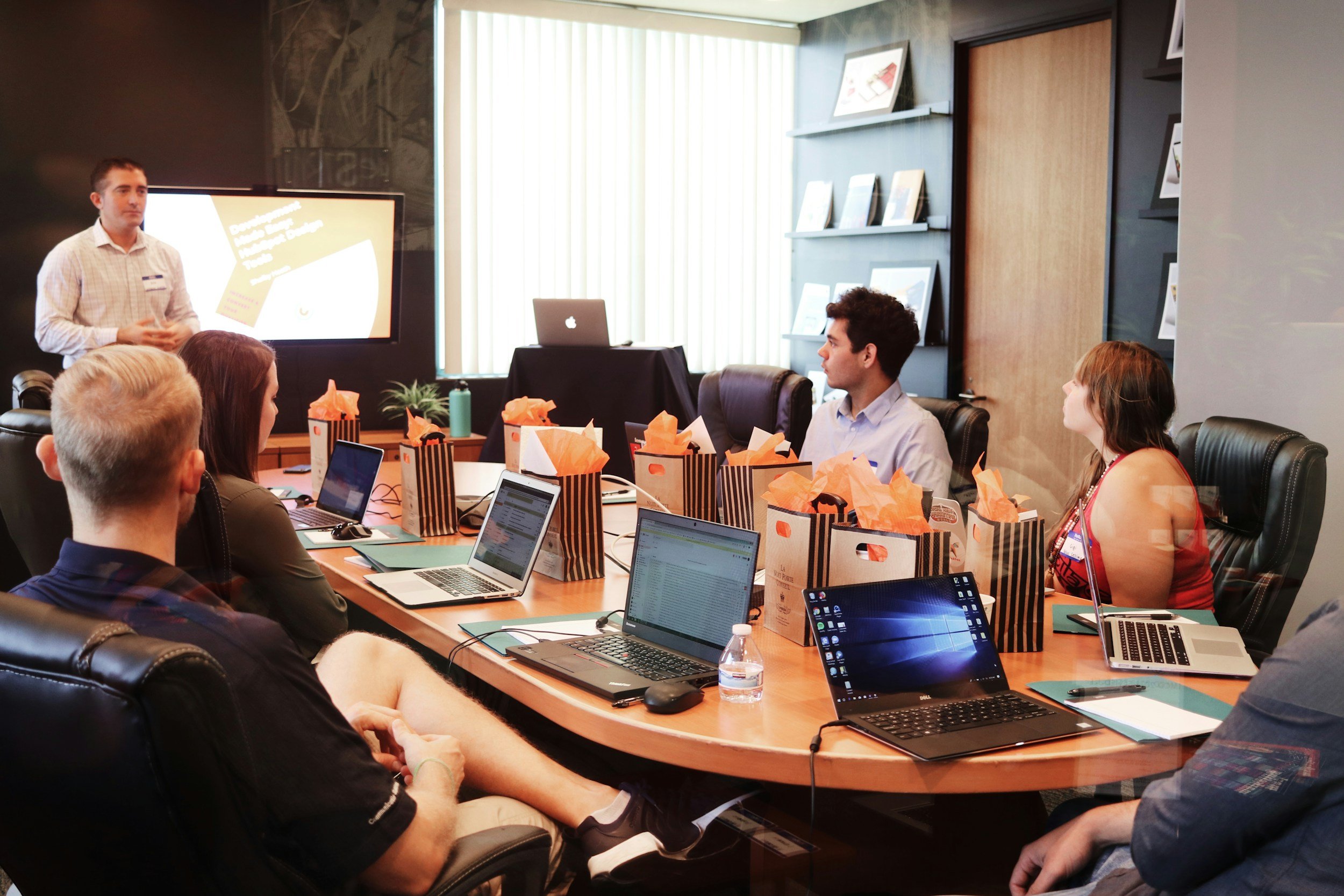
Step 3: Mindful Marketing and Outreach
Mindful marketing and outreach are about creating and executing marketing strategies that are respectful, inclusive, and accessible to all individuals. “Nothing about us, without us!” If you have an opportunity to connect with all people groups-particularly those who may pertain to your target population; how are you maximizing their voice and choice as it relates to the overarching goals of the event?
-
How have you marketed the opportunities available to all audiences to ensure maximum visibility and engagement?
Does the outreach include marketing in multiple languages or use Universal Design Practices?
Consider registration and/or admission fees, language barriers, and communication needs when creating marketing campaigns.
What are the gaps illustrated by the data you’ve collected during goal setting?
What do members of the affected group(s) have to say about the design of the event?
Does it align with the intended impact/outcomes?
-
Use the data from prior research in designing your campaign.
Identify potential internal and external stakeholders and partners relevant to the event.
Create opportunities to solicit feedback from your audience members, including attendees, volunteers, participants and performers, partners, and stakeholders.
Make sure event promotion and invitations are distributed inclusively. Target a diverse range of attendees.
Provide marketing materials with language and visuals that are inclusive for target audiences. Printed materials should use Sans Serif fonts with large typeface. Color contrast should be suitable for low vision/colorblind individuals.
Ensure your website meets accessibility requirements and monitor it over time. Learn how those with disabilities use the web and train staff that update content in compliance.
Communicate with your audience what impacts and features the event holds such as accessibility options, transportation impacts, and any unique offerings that will be provided.
Use a variety of media channels to market your event. This includes social media platforms that are popular with specific groups, neighborhood districts, community bulletin boards/newspapers.
Registration Fees - Consider registration fees and how much to charge. This will depend on your event goals and targets. Consider offer offering a few no-cost registrations to ensure a wide range of participants can attend. Does this provide an opportunity to utilize grant funding from the City of Tacoma’s Special Events Fund? More information in Step 7.
-
Work with Advocacy Groups
Create Focus Groups
Create Surveys:
is free and translatable on any internet browser
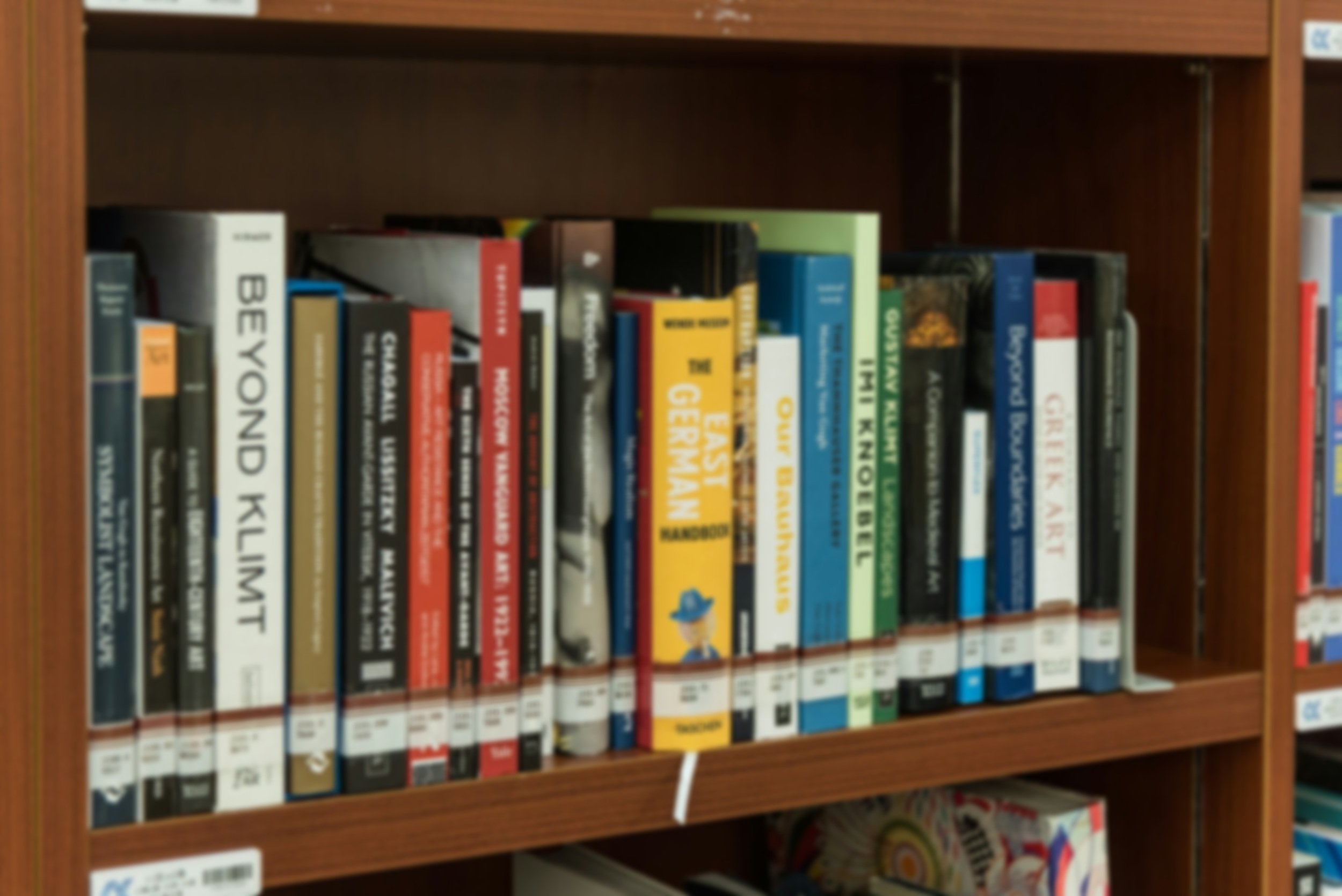
Step 4: Language Access Inset
TITLE VI of the Civil Rights Act of 1964 protects Limited English Proficiency (LEP) persons from discrimination based on national origin in federally financed programs. Conducting language equity needs assessment is the first step towards identifying what needs or gaps may exist within your event.
-
What are the approximate estimates of key audience members who will likely need language access services?
What are the primary languages spoken by the audience members who were identified as historically marginalized or disproportionately impacted in your earlier research?
How have you conducted outreach or gathered data to identify the targeted languages?
How will you communicate language access services that are currently available and provided for audience members at the event?
Has your office or department procured language access services for the event?
Will your event need ASL interpreter? How can individuals request one?
Are assisted listening devices available?
-
Designate a language access coordinator (or point-person) who will oversee the execution of language accessibility planning and procedures.
Use and leverage previous survey data to identify any language access needs.
Use your diverse media channels to promote language services that will be available during your event.
Use “I Speak Cards” in your target and secondary audience members primary languages to identify language needs.
If non or hard of hearing audience members are identified, hire an interpreter and provide reserved front row seating for access.
Overhead presentations should be in large print with printed copies available for those with visual impairment.
Provide video captioning.
Consider using a platform that offers access to multiple languages for website, registration, surveys, and feedback forms.
Use Mindful Marketing to promote your event in multiple languages through flyers, posters, digital, communication, etc.
Set aside funds in your budget to support language access services at the event.
Continue conducting outreach and gathering data to identify targeted languages for future events.
-

Step 5: Analyzing the Feedback
Use data and feedback from previous events and collect information through surveys and focus groups from key audience members. Consider how you plan on using this data to advance your future planning efforts. Remember to collect at your upcoming event to use for future events.
-
How are the findings from data and outreach addressed/incorporated in the design, planning, and organizing of the event?
What gaps were identified through the data and outreach?
How do the current planning processes support equity designing, planning, and organizing of the event based on data and feedback?
What potential burdens/inequities does the event present based on data and feedback?
-
Be specific and intentional about how you’ve prioritized feedback and what mechanisms you used in implementing a collaborative approach in the design of the event.
Consider how you will collect data at your coming event. Use various options for feedback such as surveys, emails, clipboard canvasing, and QR codes throughout the event space to solicit responses from varying populations.
Explain to respondents why you are collecting the data and how it will be aggregated.
Ask questions about the data. What does the data say about your event? What did you do right? What are ways your event can improve access and equity issues for your audience in the future?
Consider how the data and feedback can illustrate the benefits of the event outcomes.
Prioritize transparency by clearly outlining potential risks the event may pose to target populations based on feedback.
Synchronize feedback with the data that’s been collected.
After the event, communicate with your audience about what the data has shown you and how you will make changes in the future.
-
CVENT- 25 Event Survey Questions to Ask Pre, During, & Post-Event
Demographic information.
Data reports and feedback previously collected.
Detailed information on feedback collection strategies and methodologies.
Feedback reports you’ve collected.
Outcomes and action items designed from the data and feedback you’ve collected.

Step 6: Create Your Equity Plan
Time to put it all together! Craft a powerful, but lean equity plan that directly outlines your action items to ensure a diverse, equitable, and inclusive event. Paint a picture of how the event builds, supports, and maintains equity by addressing major disparities or systemic gaps.
-
What positive changes will result from the event as it relates to closing equity gaps and promoting fairness and comprehensive support for underrepresented audience members?
How does your analysis minimize harm to targeted populations?
What information have you collected from data and feedback that identify systems for improvement?
What strategies will you apply to address unintended consequences for impacted communities?
Which target populations are not considered or included in the design of the event? How will this be addressed?
-
Create a plan with all of your DEIA objectives. Use your evidence and data to create connections. Create an event outline highlighting your DEIA strategies.
Consider and explain how some target populations may be excluded, marginalized, or disproportionately impacted by the event. What action steps will you or your organization consider to close this gap?
What positive changes will result from your DEIA practices? What additional impacts will it have? Be honest and transparent in your findings.
Design/outline strategies supported by the event that promote racial equity or draw attention to gaps in service for targeted populations.
Identify how the event aligns with your organization's DEIA goals and articulate how the event design will address and work towards being more equitable over time.
Share your equity case and any findings, prevailing themes, major topics of insight and/or interest from feedback. “Nothing about us, without us!”
State how the event will monitor, track and/or prioritize the equity case over the course of time and/or work to resolve issues.
Reference your equity plan often, especially when facing challenging situations.
Curren, R., Nelson, J., Marsh, D. S., Noor, S. & Liu, N. “GARE-Racial Equity Action Plans: A How-to Manual.” Government Alliance on Race and Equity, Accessed July 2024.
-
Data Resources
Feedback Analysis
Researched/Proposed strategies for implementation and remediation.

Step 7: Explore City of Tacoma Special Events Funding
The Special Events Funding program is intended to foster high-quality, equitable, inclusive, open-to-the-public events across all of Tacoma. The program is overseen by the City’s Events and Recognitions Committee.
-
Is your event eligible and meet the criteria for City of Tacoma Special Events Funding?
What is the program's merit in the event's diverse content, activities, and experiences?
What community impact will your event have?
Does your equity plan align with the Special Events Funding Criteria and Guidelines?
Does your organization, staff, board members, and volunteers reflect the diverse Tacoma population? How will you include diverse perspectives in your planning team?
What would the special event funding support?
What community involvement will your event incorporate in terms of performers, artists, and/or speakers?
What community support and partnerships will your event incorporate? How does the community you are serving support your event?
Is your event free and open to the public?
What public benefits does your event address?
Does your event provide cultural experiences that are not otherwise available? Consider how your event will fill this gap and provide a valuable experience to attendees.
Is your event accessible and available to all who wish to attend?
How will you track attendance for the event?
-
Consider eligibility requirements for Special Event Funding.
Identify your target community and identify the specific community or demographic group your event is intended to impact, and why.
Outline a full description of your event and its activities.
Identify how your event incorporates the four measurements in the Special Events Funding Guidelines: Programming Merit, Equity, Community Impact, and Capacity to Present the Event.
Ensure best practices for accessibility and Universal Design are incorporated into your event.
Discover when the timeline of the application takes place. Sign up for Question & Answer Sessions during the application window for more information and resources.
Create a budget identifying expenses and revenue for the event, and how Special Event Funding will support the event.
Identify partners, community support, sponsors, volunteers and other funding resources that are being pursued to support the event.
Review Special Event Funding Insurance requirements in the Special Events Funding Toolkit.
Review City of Tacoma Procurement and Purchasing processes.
Use previous data and feedback to determine what cultural experiences would be well received at your event.
Create tracking mechanisms such as people counters, registration, or non-traditional methods to know your event’s overall attendance as well as any collectible demographic information.
-
Support Contacts
Angel Pele, MPA | CDE® | Prosci CM
Principal Equity Consultant
City Manager’s Office | Office of Equity and Human Rights
apele@cityoftacoma.org
Phone: 253-344-3184
Maria Teresa Gamez, C4D
Language Access Coordinator
City Manager’s Office | Office of Equity and Human Rights
mgamez@cityoftacoma.org
Phone: 253-325-4813
Lucas Smiraldo, MA
Sr. Equity Programs Consultant
City Manager’s Office | Office of Equity and Human Rights
lsmiraldo@cityoftacoma.org
Phone: 253-591-5048
Ashley Young
Special Events Coordinator
Tacoma Venues & Events
ayoung1@tacomavenues.org
Phone: 253-573-2523
DeMeSHee Pye
Community Impact Coordinator
Tacoma Venues & Events
dpye@tacomavenues.org
Phone: 253-593-7612
Annalycia Matthews, LSSGB | Prosci CM
Equity Programs Consultant
City Manager’s Office | Office of Equity and Human Rights
amatthews@cityoftacoma.org
Phone: 253-281-8421

Equity in Events Checklist
Organizational Planning
☐ Event organizing team – including board members, staff, and volunteers - reflects the community.
☐ Team forms a workgroup/committee to establish equity goals using data.
☐ Formal statement surrounding commitment to DEIA is established and shared.
☐ Funding opportunities are explored. Budget is allocated for language access services.
Staff, Volunteer, and Vendor Coordination
☐ Staff and vendors are trained on DEIA principles.
☐ Event schedule considers diverse needs (prayer times, breaks) of staff.
☐ Multiple channels are used to communicate schedule updates (announcements, screens, printed materials).
☐ Establish speakers available for language translation.
Date & Venue/Location
☐ Time and date of event are set with attention to not impact religious or cultural days of observance.
☐ Venue has access accommodations or uses Universal Design practices.
☐ Venue staff represent diverse cultures.
☐ Location has adequate lighting and safety considerations. Decor is welcoming and non-intrusive.
☐ ADA and all gender restrooms are available or provided.
☐ Access includes clear sidewalks and aisleways.
☐ Location for quiet rooms, prayer spaces, and areas for nursing are identified.
Mindful Marketing
☐ Event promotion and invitations target a diverse range of attendees and are distributed in multiple languages.
☐ Posters, flyers, and digital communications are made with attention to fonts and color contrast.
☐ Registration forms provide open opportunity to request accommodations for language, dietary, and accessibility needs.
☐ Access to language services is in all marketing materials.
☐ Website meets accessibility requirements.
Language Access
☐ A point person has been designated to coordinate language access.
☐ “I Speak Cards” are available to identify languages spoken of individuals with limited English proficiency.
☐ ASL interpreters are hired, and front row seating has been reserved if needed.
☐ Website, registration, surveys, and feedback forms are on platforms that offers translation for multiple languages.
☐ Visuals are in large print and printed copies have been made. Video captioning is provided.
Catering
☐ Catering includes options for your population that feel welcoming and inclusive.
☐ Clearly identified labels are created for any buffet-style meals.
☐ Diverse locally owned caterers are considered for your event.
Transportation & Parking
☐ Accessible transportation options are available for people with disabilities.
☐ Accessible parking and clear signage is available.
☐ Additional transportation options that cater to diverse communities and languages are available.
☐ Parking and transportation plans have been created to ensure that impacted routes will not displace regular ridership, particularly those with accessibility needs.
Diverse Vendors & Suppliers
☐ Vendors, entertainment performers, and/or presenters represent diverse backgrounds.
☐ Vendor contracts include DEIA expectations.
☐ Vendors’ staff are provided training and understand the equity goals of the event and its organizers.
Equipment & Rentals
☐ Equipment such as stages and seating are accessible for all people types.
☐ Inclusive technology such as assistive listening devices, captioning services, and other technologies are available through the venue or rented.
Signage & Wayfinding
☐ Signage is in multiple languages reflective of the audience.
☐ Signs are in large print, braille, and use clear icons that are culturally appropriate and inclusive.
☐ Universally accepted symbols/imagery are used to communicate across language boundaries.
Registration/Ticketing and Check-In
☐ Registration/check-in areas are accessible to all attendees including clear visible instructions.
☐ Staff or volunteers can assist with registration in multiple languages.
☐ Consideration has been given to providing free registrations or admissions to eliminate a barrier to participation.
Feedback
☐ Attendees can provide real-time feedback on the event experience (through information booths, canvasing, concierge stations, QR code, etc.)
☐ Post event surveys have been created in multiple formats and languages or available through an accessible online website.
☐ Demographic data is collected at event. Attendees are given background information on why the data is being collected and how it will be used for future planning.
☐ Attendance tracking methods are identified.
☐ Staff review results. Did you achieve your goals? Assess and make adjustments (if necessary) for future events.
Do you need this information in Spanish?
¿Necesita esta información en español?
Do you need this information in Vietnamese?
Quý vị có cần nhận được thông tin này bằng tiếng Việt không?
Do you need this information in Korean?
이 정보자료가 한국어로 필요한가요?
Do you need this information in Russian?
Вам нужна эта информация на русском?
Do you need this information in Ukranian?
Чи потрібна вам ця інформація українською мовою?
Do you need this information in Tagalog
Kailangan ba ninyo ang impormasyong ito sa Tagalog?
Do you need this information in Samoan?
E te mana’omia lenei fa’amatalaga i le gagana Samoa?
Do you need this information in Khemer?
តើអ្នកត្រូវការព័ត៌មាននេះ ជាភាសាខ្មែរ ឬទេ?
Do you need this information in simplified Chinese?
您需要这些信息以简体中文提供吗?
APPENDIX A- ESSENTIAL DEFINITIONS & KEY TERMS
The following terms are from the Washington State Office of Financial Management (OFM) DEI Glossary and are reviewed annually or when necessary to maintain a shared understanding of definitions across all state agencies. This list also includes terms from the Department of Justice in support of language access. It is highly recommended that the event organizer(s) utilize these terms in the development of their equity case when scoring or designing, planning, and organizing said event(s).
lANGUAGE aCCESS dEFINITIONS
TACOMA VENUES & EVENTS SPECIAL EVENT FUNDING
DEFINITIONS AND GUIDELINES
-
"Event" is an organized gathering of people to witness and/or participate in education, celebration, or performance. For the purposes of the City's Events and Recognitions Committee, an event occurs on a single day or consecutive days. Event funding is also available for including a free, public performance during the run of a particular show.
-
"Programming merit" is the extent to which an event's agenda is well crafted, aligned with the mission of the organization and provides meaningful experiences through participation in education, celebration or performance.
-
"Community impact" measures the positive changes or contributions that an event brings to the community it serves. In terms of events, this refers to the tangible and intangible effects that an event has on the local community or a specific group of people.
-
"Equity" is fair treatment, access, opportunity, and advancement for all people, while at the same time striving to identify and eliminate barriers that have prevented the full participation of some groups.
-
"Capacity to Present the Event" is a demonstration the organization has the infrastructure, resources, and commitment to present the proposed event.
-
City of Tacoma permitting code defined a special event as "any organized formation or assembly consisting 50 or more persons and which include any combination of animals, vehicles, that wishes to assemble and/or travel on streets or sidewalks, and which does not comply with normal or usual traffic regulations or controls. This also applies to a public beach, park or plaza."
-
Funded events must provide a specific public benefit provided to the residents of and visitors to Tacoma in exchange for the funding. Examples of public benefit include but are not limited to:
Ensure the event is acessible and available to all who wish to attend.
Produce components that are free to the public.
Provide cultural experiences that are not otherwise available to residents of Tacoma.
Collaborate with local community partners in which the event will be held.
Provide special outreach to residents outside of the event location, e.g., schools, community groups, faith-based organizations, and cultural organizations.
The following terms are from the City of Tacoma and Tacoma Venues & Events Special Event Funding Program overseen by the City’s Events and Recognitions Committee.
aPPENDIX B - DATA RESOURCES FOR MARGINALIZED POPULATIONS
Marginalized populations often face systemic barriers that limit access to essential services and resources, resulting in their being underserved. Utilizing data is crucial in advocating for these communities, as it provides empirical evidence of disparities and informs targeted interventions to address their specific needs effectively.
-
-
-
WA State Commission on African American Affairs
-
-
-
-
-
-
-
-
-
-
-
-
-
-
-
-
-
-
-
-
